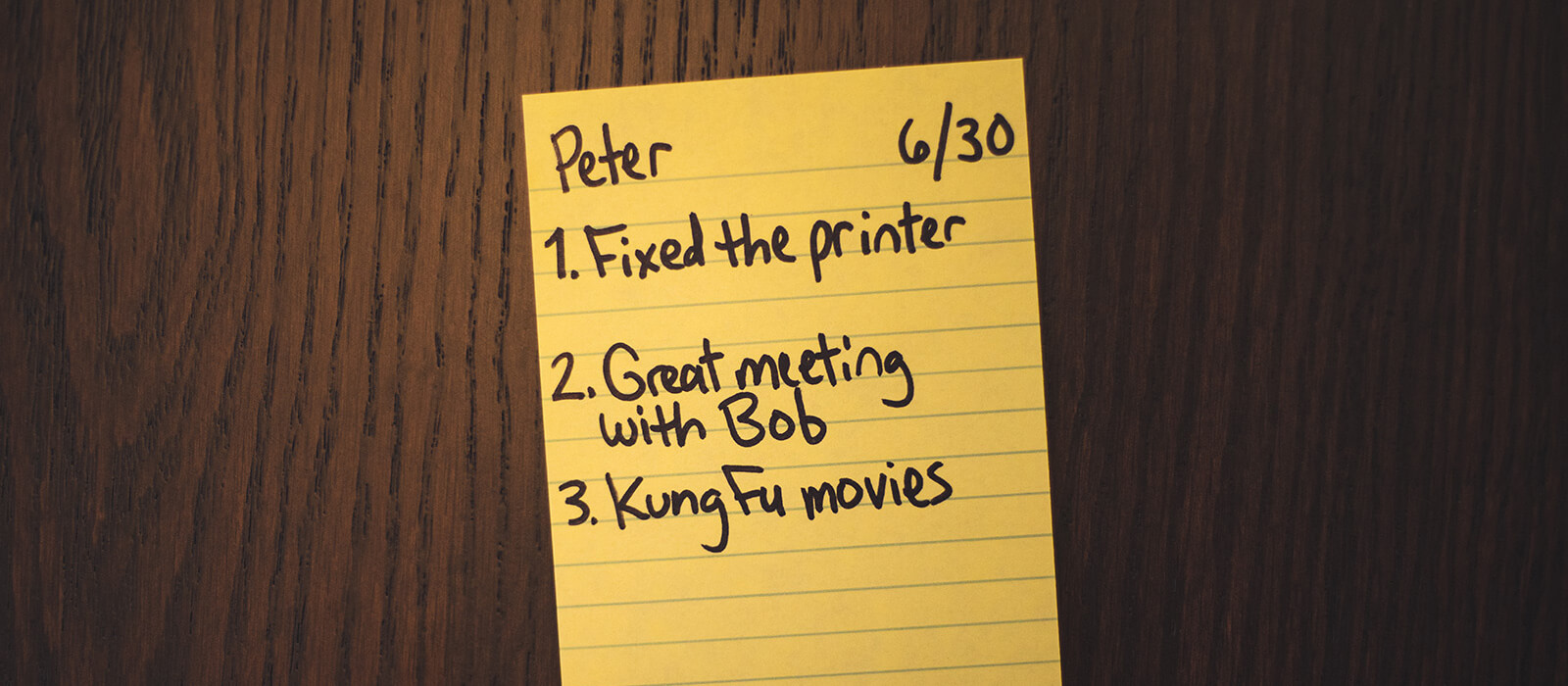A typical 9-to-5 work week has colleagues working for more than half of their waking hours alongside each other. With so much time spent together, too many leaders claim they’re like a family while overlooking the fact that no one knows anything about each other and employees are disengaged. You can call it a family if you want, but it’s a dysfunctional family if no one cares about each other.
As a leader, you have the power to boost millennial engagement at your company by helping your employees form positive habits.
Time and time again, scientific studies have shown the power of habits. They play a major role in healthy eating, our sleep, and nearly every area of our life. Humans are creatures of habit. We all have them. They are at the root of what we do and, often by extension, who we are as people.
Sometimes we’re intentional with our habits, like when we try to aspire to The 7 Habits of Highly Effective People. Other times we’re less intentional, like when we arrive at work and head straight for the coffeepot.
Positive habits can result in engaged employees who love coming to work for your company each day. Make it your job as a leader to be the positive influence your tribe needs. Start encouraging the right types of habits.
Start each day on a positive note
Your business is about getting shit done. It might seem counterintuitive to take time away from productivity to focus on positivity. I get it.
Here at PatelOKC, we’ve seen many companies who refuse to take time out of the workday to focus on positivity. It doesn’t sound work-related. That’s something your employees should figure out on their own.
However, studies have shown the power of positive thinking is about more than feeling good. It can increase productivity. It can open your mind to more options. In other words while you’re asking your employees to think outside the box to overcome their projects at work — forming the habit of positive thinking can help them get it done.
One of our favorite tools for sprinkling in positivity each day is the 3 Happies. It takes less than fifteen minutes, and over time can help your people focus on a more positive mindset.
Coworkers are people, too
How many times does this happen at your company: Someone walks by you in the office and they offer the common greeting, “How’s it going?”
Your reply is, “Good,” or something similarly positive-sounding — even if it’s a lie.
When you walk by each other and hear the inevitable, “How’s it going?” is your reply always a positive-sounding answer — even if it’s a lie? How well do you really know the people at work?
Being Facebook friends doesn’t count.
Making the 3 Happies a daily routine at your company helps combat being the coworkers you don’t know by helping your employees get to know each other better. A big part of it comes with sharing what made you happy at home. No matter how small, this helps your coworkers get a peek into your life outside the walls of the office and encourages a bit of authentic friendliness in your tribe.
Build relationships that go beyond the paycheck
Every company provides a paycheck. To be the employer of choice for potential candidates, you need to bring something more to the table. We’ve talked at length about the benefits of belonging, affirmation, and meaning (BAM). One of my favorite ways to get started with BAM is the 3 Happies.
Getting to know each other better helps build a sense of belonging. You’ll get affirmed by your team when you share your wins from the previous day. After sharing with your team, putting the 3 Happies in a place where everyone can see them helps grow an overall sense of meaning.
Get to know why BAM is important for millennials
Seeing everyone’s happy things hanging at once helps put the pieces of the puzzle together. You’re not just pushing buttons or making widgets — the things you’re doing make a difference to those around you, and you’re celebrating those wins each day.
You spend at least half of your waking hours during the work week with coworkers. For your people to be happy at work, they need to feel comfortable at work. They need to feel safe.
Giving your employees a place where they feel safe goes beyond key cards for the front door. It means taking the time out of your workday to do more than get projects done. It means building habits and rituals that can help transform your team into a tribe.



